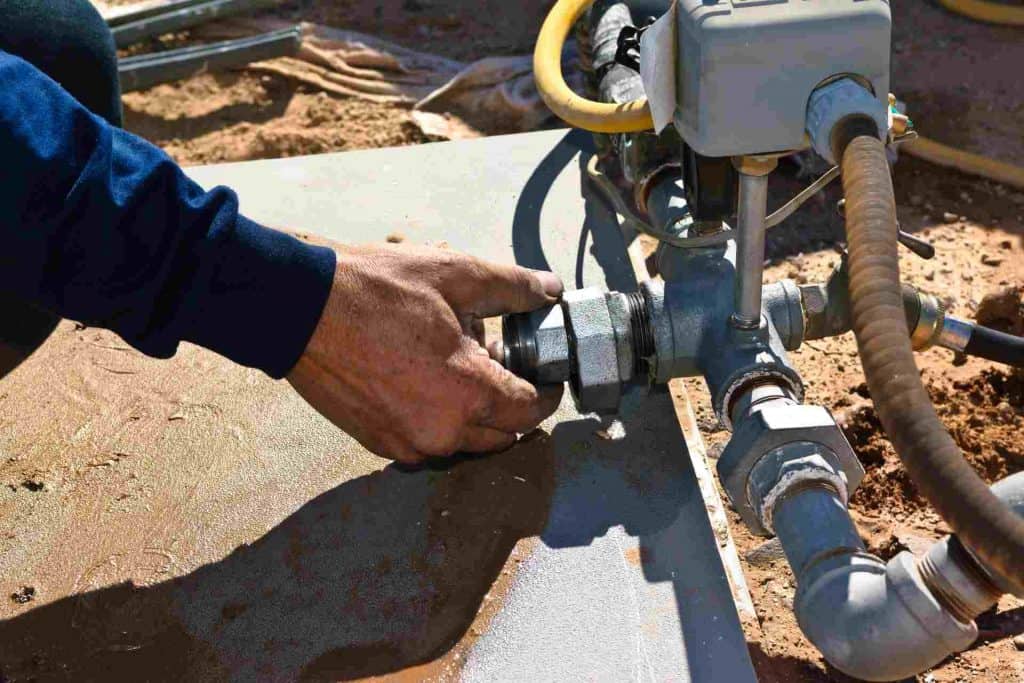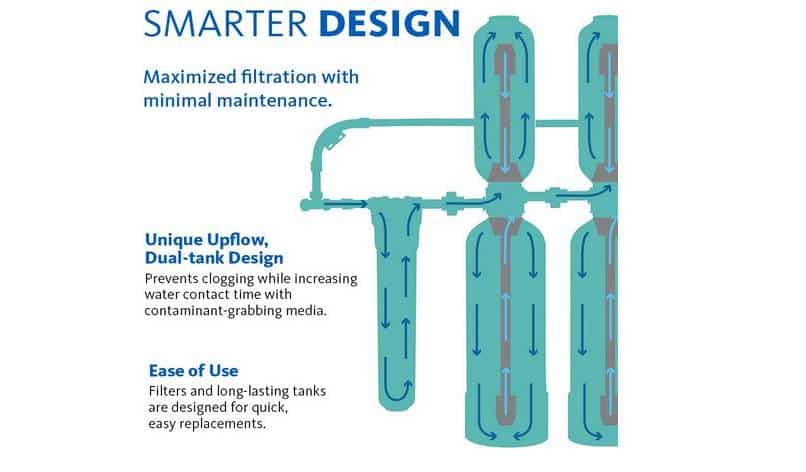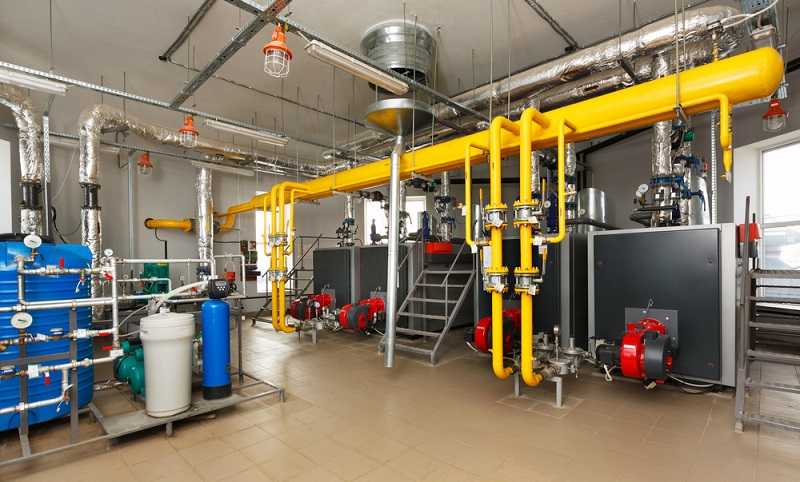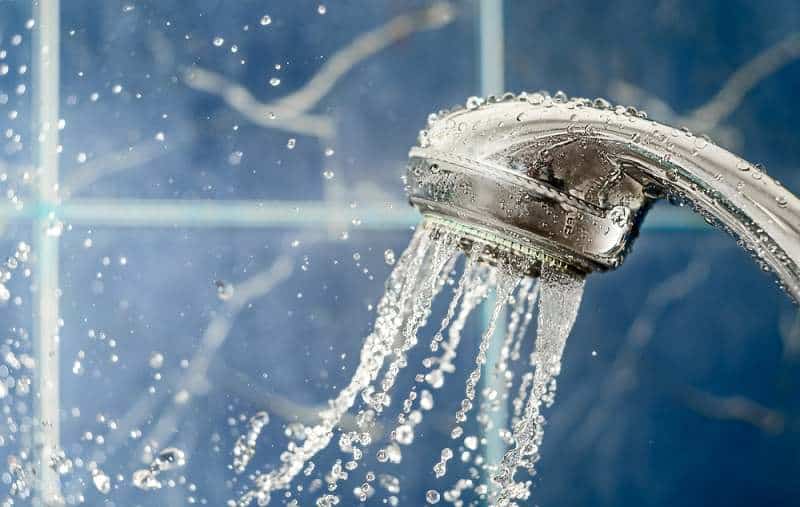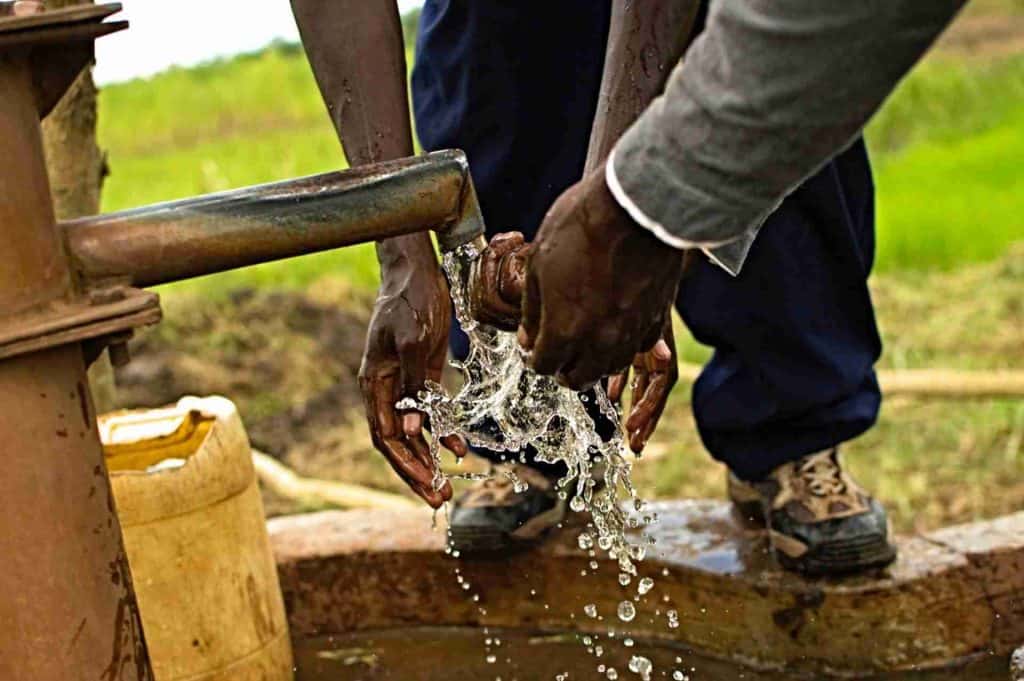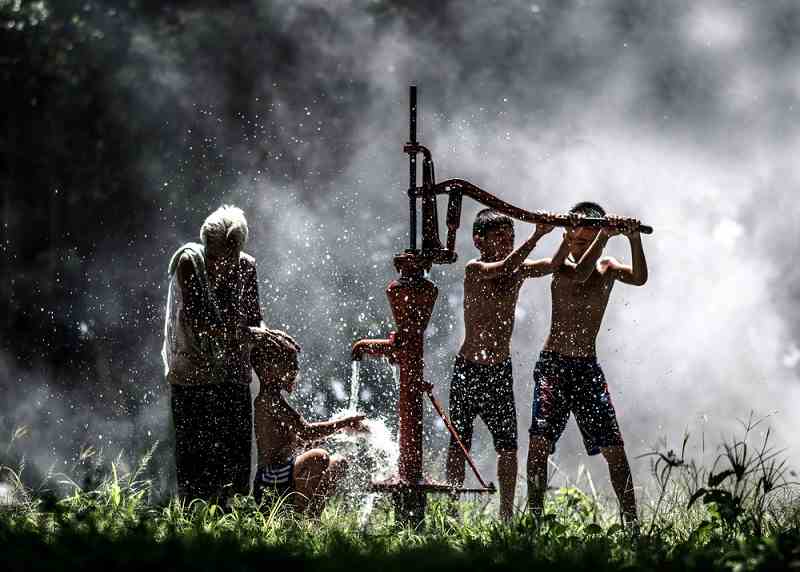How To Increase Well Water Pressure
Best Whole House Water Softener for Well Water – 2023
The Best Iron Filter for Well Water Reviews – 2023
Best Shower Filters For Hard Water – 2023
What Are The Pros and Cons Of Well Water?
Well Pump Short Cycling – Symptoms, Causes, and Solutions
Introduction:
Well water is an excellent source of fresh water for households that rely on it as their primary source of drinking water. Unlike public water supplies that rely on treatment facilities to remove impurities, well water is drawn from an underground aquifer that is naturally filtered by layers of rock and soil. However, well water is not immune to contamination, and it requires proper maintenance to ensure its safety.
In this article, we will explore the benefits and risks of well water and provide tips for maintaining a safe and sustainable source of drinking water for your household.
Benefits of Well Water
Fresh and natural: Well water is sourced from underground aquifers, which means it is naturally filtered and free from chemicals and additives found in public water supplies.
Sustainable: Unlike public water supplies that rely on treatment facilities and pumping stations, well water is a self-sustaining resource that can provide a continuous source of drinking water.
Cost-effective: Well water is typically less expensive than public water supplies, which can help households save money on their water bills.
Risks of Well Water
Contamination: Well water can become contaminated by natural and man-made sources, such as pesticides, fertilizers, and septic systems.
Hard water: Well water can have a high mineral content, which can cause scaling and buildup in pipes and appliances.
Lack of regulations: Unlike public water supplies that are regulated by the EPA, well water is not subject to the same regulations, which means it is up to the homeowner to ensure its safety.
Maintaining Well Water
Regular testing: It is essential to test your well water regularly to ensure its safety. Test for bacteria, nitrates, and other contaminants at least once a year.
Proper well location: The location of your well is crucial. Ensure that it is located away from potential sources of contamination, such as septic tanks, livestock, and chemical storage facilities.
Proper well construction: A well should be constructed with proper casing and a sealed cap to prevent contamination from surface water.
Regular maintenance: Regular well maintenance, such as cleaning and sanitizing, can help prevent buildup and contamination.
FAQs
How often should I test my well water?
It is recommended to test your well water at least once a year, or more frequently if you notice changes in water quality or after maintenance or repairs.
Can well water be used for irrigation?
Yes, well water is an excellent source of water for irrigation. However, it is important to avoid using water that has been treated with chemicals or other additives.
What are the signs of contaminated well water?
Signs of contaminated well water can include a foul odor, discoloration, or an unusual taste. However, not all contaminants have visible or detectable signs, which is why regular testing is important.
Conclusion
Well water is a valuable resource that can provide a sustainable source of drinking water for households. However, it requires proper maintenance to avoid contamination and ensure its safety. Regular testing, proper location and construction, and regular maintenance can help maintain a safe and sustainable source of drinking water. By following these tips, households can enjoy the benefits of well water while minimizing its risks.

